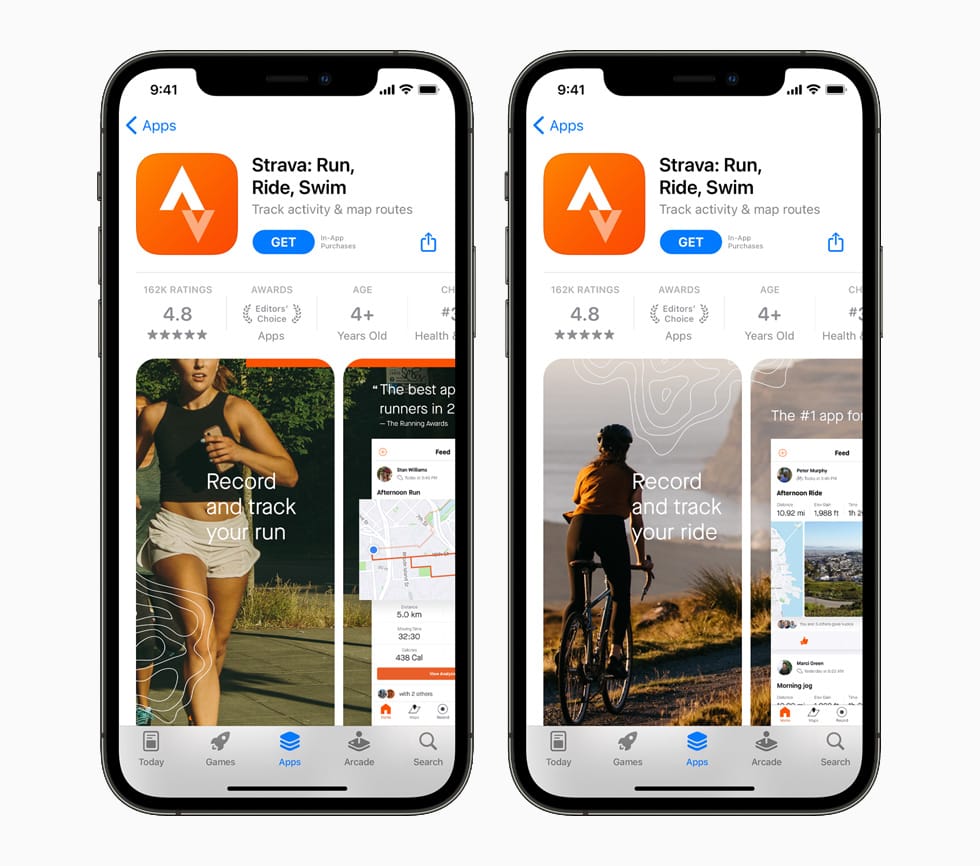OpenAI has made significant strides in enhancing the accessibility and functionality of its artificial intelligence service, ChatGPT, by introducing a feature that allows users to interact with the AI via phone calls and text messages. This expansion into mobile communication reflects OpenAI’s ongoing commitment to integrating artificial intelligence into everyday life, providing users with a more interactive and seamless experience.
The introduction of ChatGPT as a service for phone calls and texts marks a strategic evolution in how individuals can engage with AI technology. Traditionally, users have accessed ChatGPT through web-based platforms, limiting the interaction to contexts largely bound to desktop or laptop environments. By enabling voice and text communication, OpenAI is positioning ChatGPT as an instrument that can facilitate information exchange and assistance in real time, irrespective of the user’s location.
This new feature is designed to harness the power of mobile technology, enabling users to receive assistance or information through conversational means. For individuals who may not be comfortable using a keyboard or are occupied with other tasks, the ability to communicate via voice can significantly improve the overall user experience. This shift is particularly beneficial for those who require immediate help or guidance while on the go, whether they are driving, exercising, or engaged in other activities where typing is impractical.
Moreover, the integration of ChatGPT into mobile communication channels represents a broader trend in technology where the lines between human interaction and artificial intelligence continue to blur. Users can now expect a natural conversational experience with the AI, akin to speaking with a knowledgeable assistant. This feature aims to provide instant responses and advice, allowing users to carry out tasks ranging from setting reminders to seeking answers for general knowledge inquiries without needing to actively engage with a device’s screen.
In terms of privacy and security, OpenAI is taking measures to ensure that interactions using the phone call and text capabilities are safeguarded. Users will have control over how their data is used and can choose to opt-out of certain information collection practices. This is essential as the integration of AI with voice and text communication enhances the need for maintaining user privacy, particularly in situations where sensitive information may be discussed.
The technology behind this feature leverages advancements in natural language processing and voice recognition, areas where OpenAI has already made substantial progress. Through machine learning, OpenAI’s models have been fine-tuned to understand context, tone, and nuances in conversations, allowing for more accurate and personalized interactions. As AI continues to evolve, the potential applications for such technology are vast, ranging from customer service applications to personal assistants for day-to-day living.
OpenAI’s initiative to bring ChatGPT to phone communication also addresses a growing demand among consumers for more flexible and adaptive forms of interaction with technology. As society increasingly values immediacy and convenience, being able to engage with a reliable assistant through simple voice or text commands can significantly enrich personal productivity and decision-making processes.
Furthermore, this development is positioned to attract a broader audience, including those who may not be as technologically savvy or those who prefer traditional communication methods. By making AI accessible through familiar channels such as phone calls and SMS, OpenAI is encouraging wider adoption of artificial intelligence and its applications in daily life.
As industries continue to adapt to remote and hybrid work models, the need for effective communication tools grows. ChatGPT’s new capabilities can serve as an augmentation for teams, enabling real-time assistance and reducing the friction in communication that often arises in digital interactions. This can result in enhanced collaboration and problem-solving potential across various sectors, from education to healthcare and beyond.
Looking ahead, the implications of ChatGPT’s capabilities in voice and text communication are significant. OpenAI’s commitment to innovation and user-centric services suggests that this is merely the beginning of a series of enhancements aimed at making AI a collaborative partner for users. By continually improving the interaction model, OpenAI sets the stage for future developments that may further integrate AI into routine activities, making previously complex tasks simpler and more efficient.
In conclusion, OpenAI’s rollout of ChatGPT for phone calls and text messages marks a notable progression in the landscape of artificial intelligence engagement. By removing barriers and enhancing accessibility, OpenAI is paving the way for a more connected and interactive future where AI serves as a valuable resource readily available to assist individuals at a moment’s notice. As this technology gains traction, the potential for transforming the user experience in both personal and professional spheres becomes increasingly apparent.



